Grow Leeks at Home: Your Guide to a Bountiful Harvest
Growing leeks at home might seem daunting, but I’m here to tell you it’s easier than you think! This article is your passport to a world of delicious, homegrown leeks, bursting with flavor and far surpassing anything you’ll find in the supermarket. Forget those limp, flavorless leeks; I’ll show you how to cultivate robust, flavorful leeks right in your own backyard or even on a sunny balcony.
Leeks, with their subtle oniony flavor and tender stalks, have a rich history, dating back to ancient Egypt and even featuring prominently in Roman cuisine. They’ve been a staple in many cultures for centuries, prized for their versatility in both savory dishes and as a delightful addition to soups and stews. But finding truly high-quality leeks can be a challenge. That’s why learning to grow leeks at home is so rewarding.
Why Grow Your Own Leeks?
There are several compelling reasons to embark on this gardening adventure. Firstly, homegrown leeks boast unparalleled flavor and freshness. Secondly, you control the growing process, ensuring your leeks are free from pesticides and other potentially harmful chemicals. And finally, the sheer satisfaction of harvesting your own leeks, knowing you nurtured them from seed to plate, is an experience unlike any other. This guide will walk you through every step, from seed selection to harvesting, providing you with the knowledge and confidence to successfully grow leeks at home.
So, let’s get started on your journey to delicious, homegrown leeks! I’ll share my favorite tips, tricks, and DIY solutions to help you achieve a bountiful harvest. Get ready to experience the joy of home gardening and the incredible taste of your own perfectly grown leeks.
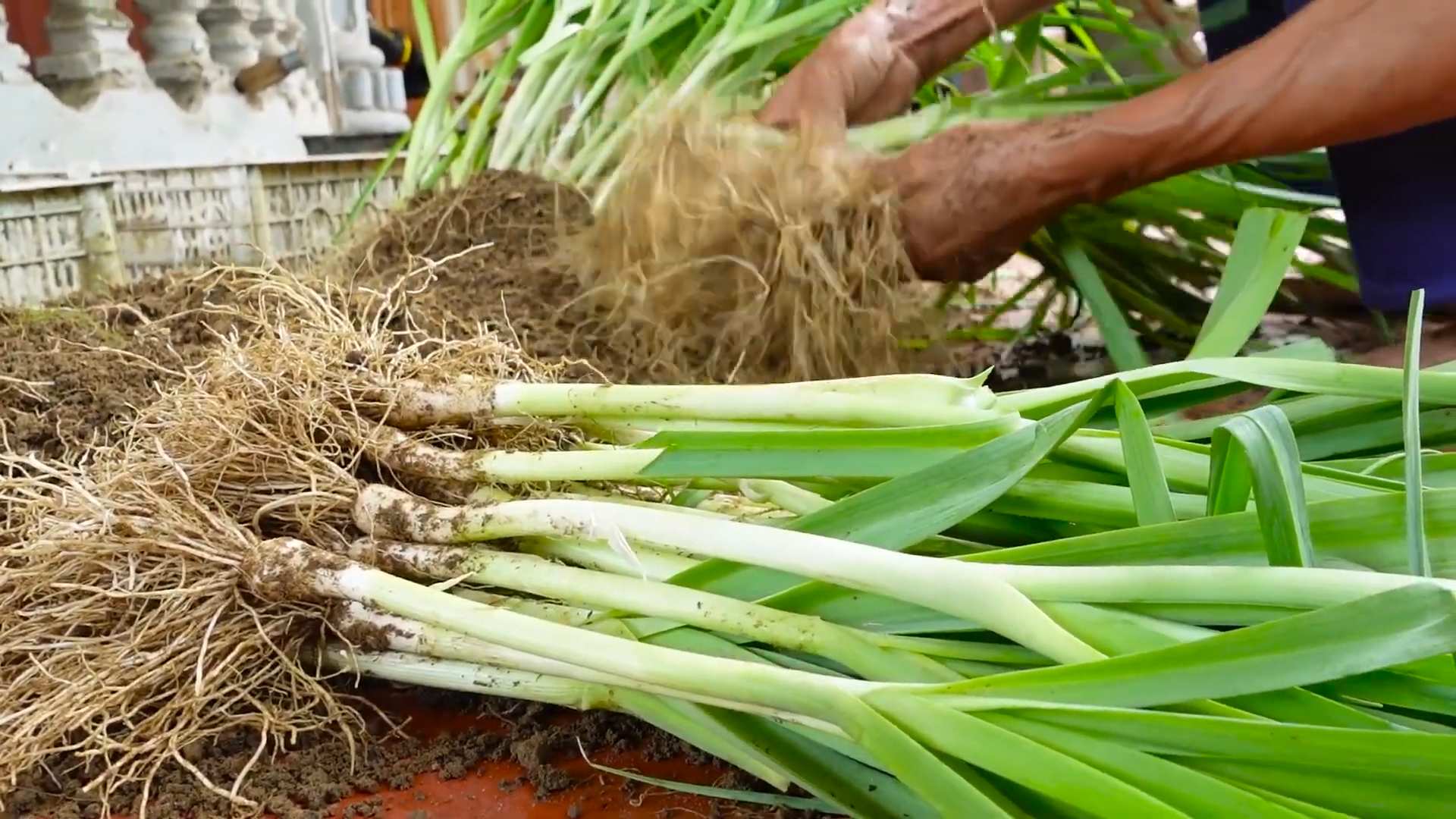
Growing Leeks from Seed: A Comprehensive DIY Guide
Leeks, those subtly sweet and savory members of the onion family, are surprisingly easy to grow at home. Follow this guide, and you’ll be harvesting your own delicious leeks in no time!
I. Planning and Preparation
- Choose your leek variety: Research different leek varieties to find one that suits your climate and growing season. Consider factors like maturity time and size. I personally prefer a variety that’s known for its mild flavor and long, white stalks.
- Select your location: Leeks need at least six hours of sunlight per day. Choose a sunny spot in your garden with well-drained soil. Poor drainage can lead to rot, so this is crucial.
- Prepare the soil: Leeks thrive in loose, fertile soil. Amend heavy clay soil with plenty of compost or other organic matter to improve drainage and aeration. I usually add a generous amount – at least a few inches – to ensure optimal conditions.
- Timing is everything: Start seeds indoors 6-8 weeks before the last expected frost. This gives them a head start and ensures a longer growing season. You can also direct sow seeds outdoors after the last frost, but starting indoors gives you a much better chance of success.
- Gather your supplies: You’ll need seed starting mix, seed trays or pots, a watering can, and labels for your seedlings. For transplanting, you’ll also need a garden trowel and possibly a hoe for preparing the planting holes.
II. Starting Seeds Indoors
- Fill your seed trays: Fill your seed trays or pots with a seed starting mix. Don’t pack it down too tightly; you want it to be loose and airy.
- Sow the seeds: Sow leek seeds about ¼ inch deep and 1 inch apart. Gently cover the seeds with soil. I find it helpful to use a small, flat piece of wood to gently press the soil down.
- Water gently: Water the seeds thoroughly but gently, avoiding washing them away. Use a watering can with a fine rose to ensure even moisture.
- Provide warmth and light: Place the seed trays in a warm location (around 70°F) with plenty of indirect sunlight. A sunny windowsill is usually ideal, but you might need to supplement with grow lights, especially during shorter winter days.
- Maintain moisture: Keep the soil consistently moist but not soggy. Allow the top inch of soil to dry slightly between waterings. Overwatering can lead to damping off, a fungal disease that can kill seedlings.
- Thin seedlings: Once the seedlings have developed their first true leaves (the leaves after the cotyledons), thin them out to give each seedling enough space to grow. Leave about 2 inches between plants.
- Harden off seedlings: Before transplanting outdoors, gradually acclimate your seedlings to outdoor conditions. This process, called hardening off, reduces transplant shock. Start by placing them outdoors for a few hours each day, gradually increasing the time over a week or two.
III. Transplanting and Growing
- Prepare the planting site: Loosen the soil in your chosen planting area. Remove any weeds or rocks. I like to use a garden fork to loosen the soil deeply.
- Dig planting holes: Dig holes deep enough to accommodate the entire root system of your seedlings. Leeks need deep holes to encourage long, white stalks. The holes should be about 6-8 inches deep and spaced 4-6 inches apart.
- Plant the seedlings: Carefully remove the seedlings from their trays, being careful not to damage the roots. Plant them in the holes, ensuring the root ball is completely covered with soil. Gently firm the soil around the base of each plant.
- Water thoroughly: Water the newly transplanted leeks thoroughly to settle the soil and help them establish themselves.
- Mulch the area: Apply a layer of mulch (such as straw or shredded leaves) around the plants to help retain moisture, suppress weeds, and regulate soil temperature. This will significantly reduce the amount of weeding you need to do.
- Weed regularly: Keep the area around your leeks free of weeds, as weeds compete for water and nutrients.
- Water as needed: Leeks need consistent moisture, especially during dry periods. Water deeply and regularly, aiming for about 1 inch of water per week. Check the soil moisture regularly, and water when the top inch feels dry.
- Blanch the leeks (optional): For longer, whiter stalks, you can blanch the leeks by mounding soil around the base of the plants as they grow. This prevents sunlight from reaching the lower part of the stalk, resulting in a paler, more tender leek.
IV. Harvesting and Storage
- Harvesting: Leeks are ready to harvest when the stalks are about 1 inch in diameter. You can harvest individual leeks as needed, or harvest the entire crop at once. To harvest, carefully loosen the soil around the base of the leek and gently pull it from the ground.
- Cleaning: Remove any excess soil from the leeks. Trim the roots and the dark green tops. I usually leave about an inch of green tops for better storage.
- Storage: Leeks can be stored in the refrigerator for up to a week. Wrap them loosely in plastic wrap or place them in a plastic bag with some holes for ventilation. For longer storage, you can freeze them. Blanch them before freezing for the best quality.
Tips for Success:
Remember, patience is key! Leeks take time to mature, but the reward of homegrown leeks is well worth the effort. Don’t be discouraged if you don’t get perfect results the first time. Learn from your experiences, and keep experimenting!
Troubleshooting:
If your leeks are yellowing, it could be due to nutrient deficiencies or pests. If you notice any pests, treat them promptly with an appropriate organic insecticide. If your leeks are rotting, it’s likely due to poor drainage. Improve drainage by amending the soil with organic matter.
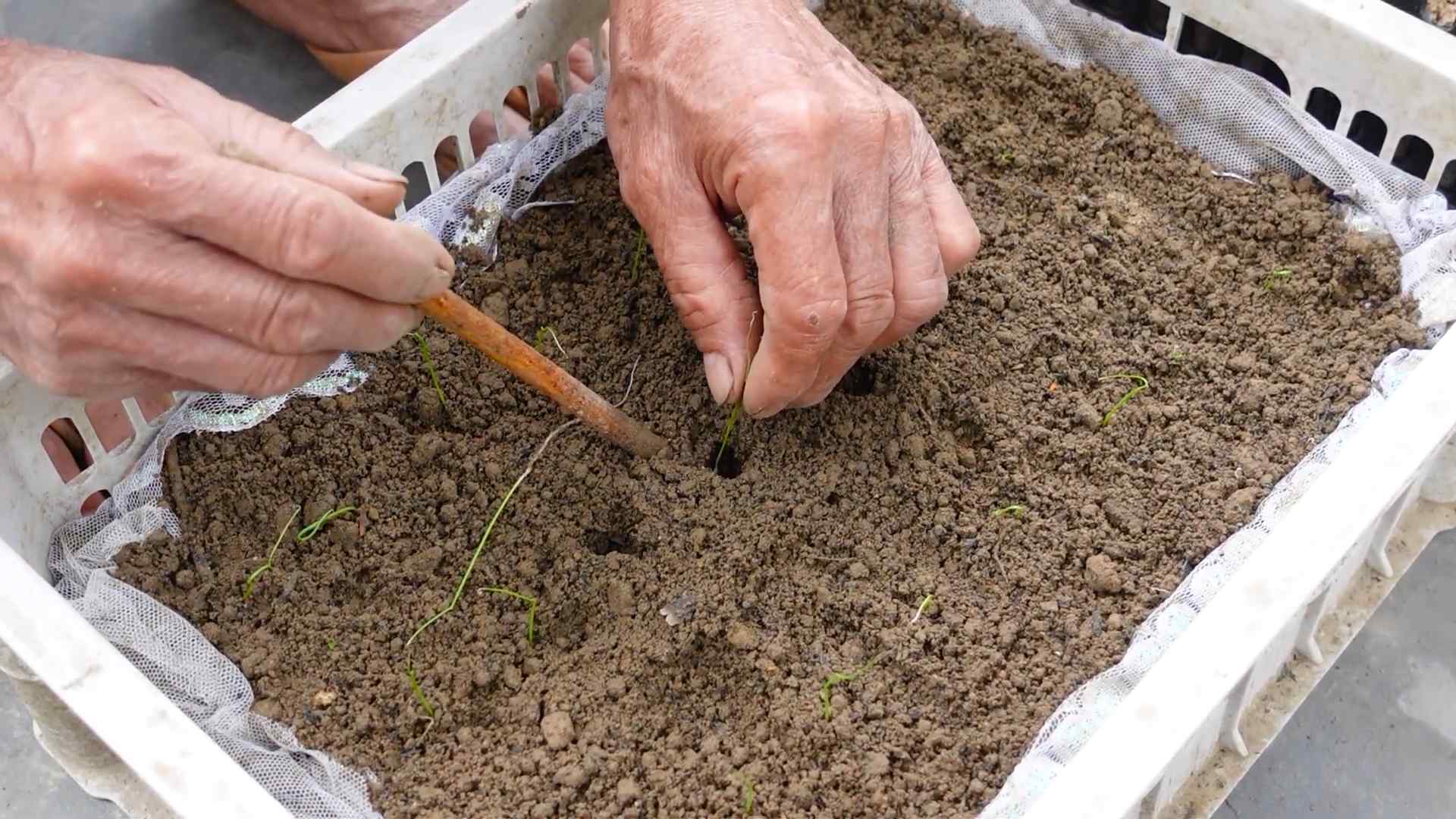
Conclusion
Growing your own leeks at home is a surprisingly rewarding experience, offering a fresh, flavorful alternative to store-bought options. This DIY approach not only provides you with superior quality leeks, bursting with a more intense and nuanced flavor, but also allows you to control the growing process, ensuring pesticide-free produce. The satisfaction of harvesting your own homegrown leeks is unparalleled, a true testament to the magic of gardening. This simple yet effective grow leeks at home method is a must-try for anyone, regardless of their gardening experience. From the initial planting to the final harvest, the entire process is remarkably straightforward, making it accessible to even the most novice gardener. The minimal effort required is far outweighed by the delicious rewards. You’ll be amazed at the difference in taste and texture compared to commercially grown leeks.
Beyond the basic method outlined, there are numerous exciting variations you can explore. Experiment with different leek varieties to discover your favorites – some boast a milder flavor, while others offer a more robust, pungent taste. Consider companion planting, incorporating leeks into your existing garden beds alongside carrots or other compatible vegetables. This not only maximizes space but can also improve the overall health and yield of your plants. You can also try different growing mediums, such as raised beds or containers, to adapt the method to your specific garden setup. For those with limited space, container gardening is a fantastic option, allowing you to grow leeks even on a balcony or patio. The possibilities are endless!
We strongly encourage you to embark on this rewarding journey of growing your own leeks. The process is incredibly fulfilling, and the delicious results will speak for themselves. Share your experiences with us! We’d love to hear about your successes, challenges, and any unique variations you’ve implemented. Post pictures of your thriving leek patch on social media and tag us – let’s build a community of home leek growers! Remember, the key to success lies in consistent watering, proper sunlight exposure, and a little bit of patience. With a little care and attention, you’ll be enjoying the freshest, most flavorful leeks you’ve ever tasted, all grown right in your own backyard (or balcony!). Don’t hesitate – start your leek-growing adventure today!
Frequently Asked Questions
What type of soil is best for growing leeks?
Leeks thrive in loose, well-draining soil rich in organic matter. Amend heavy clay soils with compost or other organic materials to improve drainage and aeration. A slightly acidic to neutral pH (6.0-7.0) is ideal.
How much sunlight do leeks need?
Leeks prefer at least six hours of direct sunlight per day. However, they can tolerate some partial shade, especially in hotter climates. In areas with intense afternoon sun, providing some afternoon shade can be beneficial.
When is the best time to plant leeks?
The best time to plant leeks depends on your climate. In cooler climates, you can sow seeds directly outdoors in spring or fall. In warmer climates, it’s best to start seeds indoors 6-8 weeks before the last expected frost and transplant seedlings outdoors after the danger of frost has passed. You can also plant leeks in the fall for a spring harvest.
How often should I water my leeks?
Keep the soil consistently moist, but not waterlogged. Water deeply and regularly, especially during dry periods. The frequency of watering will depend on your climate and soil type. Aim for about 1 inch of water per week, either through rainfall or supplemental irrigation.
How long does it take for leeks to mature?
Leeks typically take 70-90 days to mature, depending on the variety and growing conditions. For a continuous harvest, you can stagger your plantings by a few weeks.
What are some common problems when growing leeks?
Common problems include leek moth infestations, fungal diseases (like leaf blight), and nutrient deficiencies. Regularly inspect your plants for pests and diseases, and address any issues promptly. Providing adequate nutrients through fertilization can help prevent nutrient deficiencies.
Can I grow leeks in containers?
Absolutely! Leeks can be successfully grown in containers, provided they are large enough (at least 12 inches in diameter and depth) to accommodate their root systems. Choose containers with drainage holes to prevent waterlogging.
What should I do with my harvested leeks?
Harvested leeks can be stored in the refrigerator for up to a week. You can also blanch and freeze them for longer storage. Leeks are incredibly versatile and can be used in a wide variety of dishes, from soups and stews to salads and side dishes.
My leeks are not growing as tall as expected. What could be the problem?
Several factors can affect leek height, including insufficient sunlight, poor soil drainage, nutrient deficiencies, or pest infestations. Ensure your leeks receive adequate sunlight, grow in well-draining soil, and are properly fertilized. Regularly check for pests and diseases and address any issues promptly.
Can I save seeds from my leeks to plant next year?
While you can try saving seeds from your leeks, it’s often more reliable to purchase fresh seeds each year. Leeks are often hybrids, meaning the seeds may not produce plants identical to the parent plant. However, if you’re interested in experimenting, allow some leeks to go to seed and collect the seeds once they are fully dry.

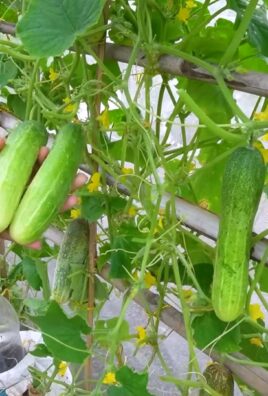
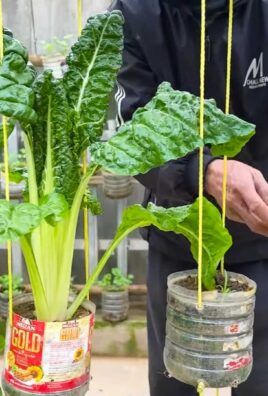
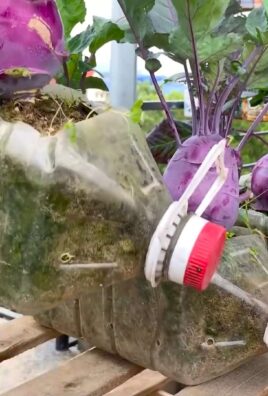
Leave a Comment